Description Tezox Injection 250mg contains Ceftizoxime, a third-generation cephalosporin antibiotic used to treat bacterial infections. It exerts bactericidal action by inhibiting cell-wall synthesis, binding to penicillin-binding proteins and disrupting peptidoglycan cross-linking, leading to bacterial lysis. Highly resistant to beta-lactamases (including Richmond types I-IV, TEM), it’s effective against many gram-positive and gram-negative aerobes/anaerobes. Administered intramuscularly or intravenously, this single-vial injection is suitable for moderate infections in adults and children, providing broad-spectrum coverage where oral therapy isn’t viable.
Ingredients Ceftizoxime Sodium equivalent to 250mg Ceftizoxime.
Drug Class Third-Generation Cephalosporin / Beta-Lactam Antibiotic.
Dosage Form Injection (1 box = 1 vial).
Uses Tezox Injection is prescribed for:
- Infections of the lower respiratory tract (e.g., pneumonia, bronchitis).
- Skin and soft tissue infections (e.g., cellulitis, wound infections).
- Septicaemia (bloodstream infections).
- Severe infections in immunocompromised patients (e.g., neutropenia).
- Urinary tract infections (UTIs) and gonorrhoea (uncomplicated).
Doctor’s Review Infectious disease specialists and hospitalists often use Tezox for its robust beta-lactamase resistance and coverage. As one clinician notes: “Tezox 250mg is a solid choice for empiric therapy in community-acquired infections like UTIs or skin abscesses, offering quick action with low resistance rates. It’s particularly handy in outpatient IM settings, but always confirm susceptibility to avoid overuse.”
Dosage (Follow physician’s instructions — typical guideline)
- Adults (Normal renal function): 250mg-500mg IM or IV every 8-12 hours; for severe infections, 1-2g every 8 hours (total 2-12g daily).
- Uncomplicated gonorrhoea: 1g IM as a single dose (may use two 500mg sites).
- Children: 50mg/kg/day divided every 6-8 hours (max 200mg/kg/day); neonates 50mg/kg/day divided every 12 hours.
- Infuse IV over 15-30 minutes; reconstitute with sterile water (e.g., 2.5ml for 250mg vial).
- Adjust in renal impairment (CrCl <50ml/min): Reduce dose by 50%; monitor closely. Complete full course (7-14 days typical).
In Case of Overdose Overdose may cause seizures, encephalopathy, or renal irritation. Seek immediate medical attention. Symptoms include nausea, confusion, or tremors. Treatment is supportive (e.g., hemodialysis for removal, anticonvulsants); monitor renal/hepatic function and electrolytes.
Missed Dose Doses are typically administered by healthcare providers, so misses are uncommon. If delayed, give as soon as possible without doubling. Consult your doctor to adjust the schedule and prevent under-treatment.
How to Use
- Reconstitute vial with 2.5ml sterile water or compatible diluent for IM/IV use.
- For IM: Inject deep into large muscle (e.g., gluteus); max 2g per site.
- For IV: Infuse slowly over 15-30 minutes; avoid rapid bolus to prevent vein irritation.
- Use aseptic technique; discard if solution is cloudy or discolored.
- Rotate sites to minimize pain/phlebitis.
When Not to Use Avoid Tezox if:
- Known allergy to Ceftizoxime or cephalosporins (e.g., rash, anaphylaxis).
- History of severe penicillin hypersensitivity (cross-reactivity risk).
- Not for viral infections (e.g., flu, colds).
Side Effects Common:
- Hypersensitivity (rash, pruritus, fever).
- Hepatic (transient AST/ALT/alkaline phosphatase elevation).
- Hematologic (eosinophilia, thrombocytosis).
- Local (injection site burning, pain, induration, phlebitis).
Uncommon / Severe (Stop and seek medical help):
- Anaphylaxis (numbness, swelling, breathing difficulty).
- Hematologic (anemia, leukopenia, thrombocytopenia, hemolytic anemia).
- Renal (elevated BUN/creatinine).
- Hepatic (elevated bilirubin, jaundice).
Precautions & Warnings
- Screen for cephalosporin/penicillin allergies before use.
- Use cautiously in GI history (e.g., colitis)—may alter gut flora.
- Prolonged use risks C. difficile overgrowth or superinfections—monitor for diarrhea.
- Evaluate renal function in severe illness; adjust dose if impaired.
- Monitor prothrombin time in at-risk patients (e.g., malnutrition, anticoagulants); give vitamin K if needed.
Drug Interactions
- Aminoglycosides: Potential nephrotoxicity—monitor kidney function.
- Cephalosporins: Additive effects; avoid unnecessary combinations.
- Probenecid: Prolongs Ceftizoxime levels—use only if indicated.
- Anticoagulants (e.g., warfarin): May enhance bleeding risk due to prothrombin effects.
Food Interactions
- None, as it’s injectable; no dietary restrictions.
- Maintain hydration to support renal clearance and reduce side effects.
Storage/Disposal
- Store at room temperature (15-30°C), away from direct light and heat.
- Reconstituted solution stable for 24 hours at room temp or 96 hours refrigerated; discard unused.
- Keep out of reach of children; dispose via medical waste protocols—do not flush.
Quick Tips
- Report rash or fever early to catch hypersensitivity.
- Stay hydrated to ease any GI upset.
- Complete the full course, even if symptoms improve.
- Rotate injection sites to avoid irritation.
- Follow up with cultures if infection persists.
Disclaimer This information is provided for educational purposes only and does not replace medical advice. Use only under the supervision of a licensed physician. Do not self-medicate.

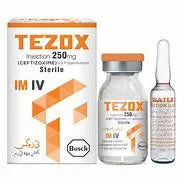
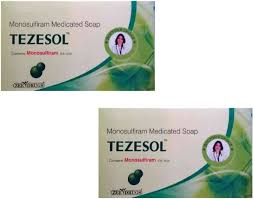

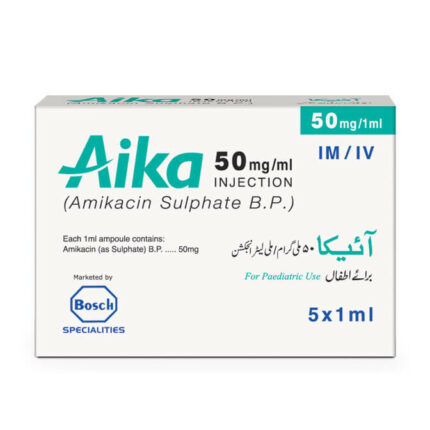
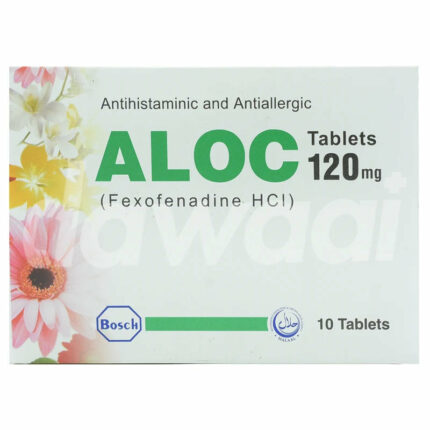
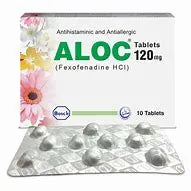
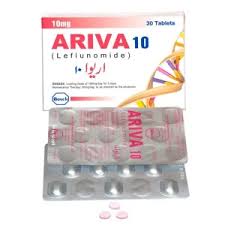
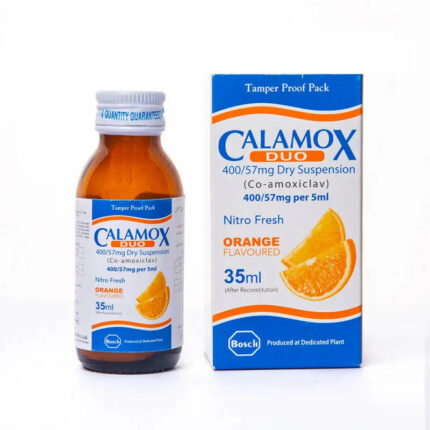
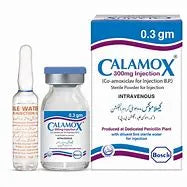
Reviews
There are no reviews yet.